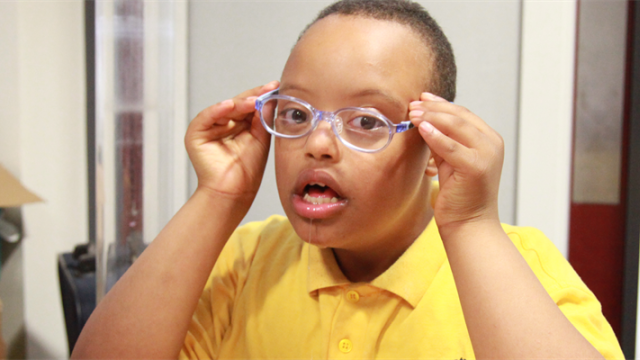Glaucoma (easy read)
Glaucoma is a problem with your eyes.
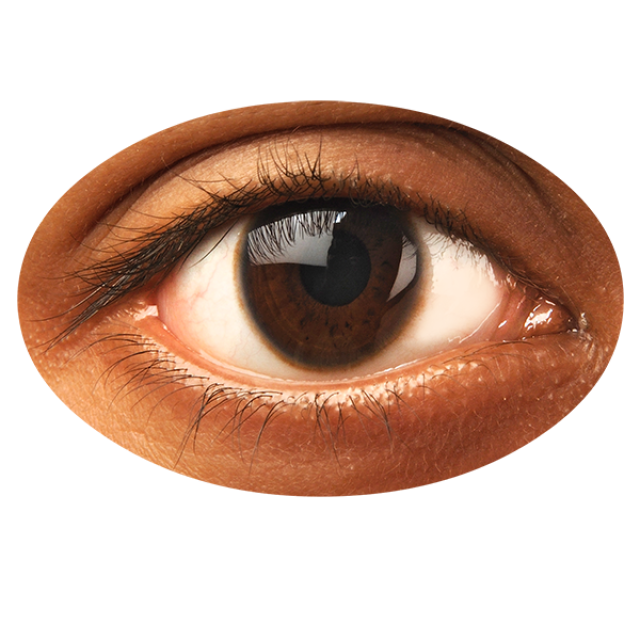
Our eyes need to be healthy for us to see well.
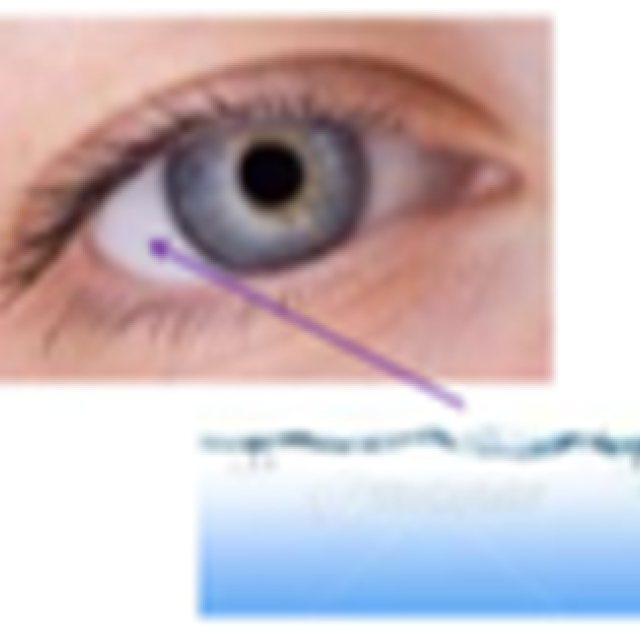
Your eye has clear liquid in it.
This keeps your eye the right shape.
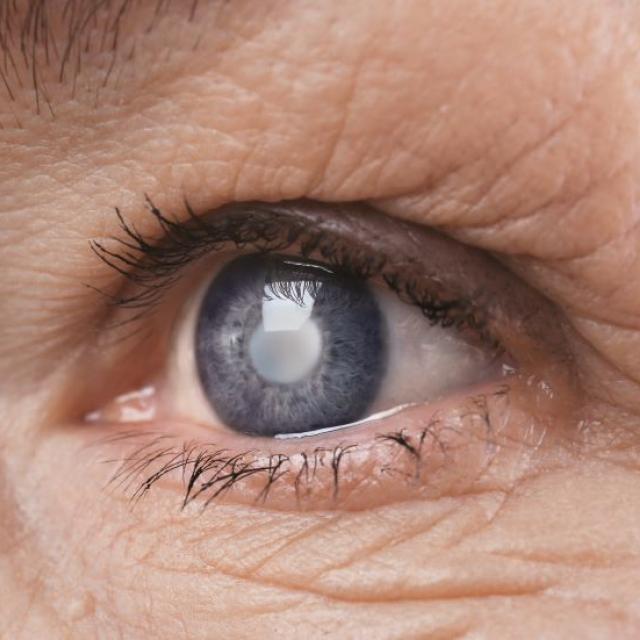
Glaucoma is a problem with the liquid in your eye.

The liquid in your eye drains away and is replaced by fresh liquid.

If the liquid cannot drain away properly, there can be too much liquid in your eye.
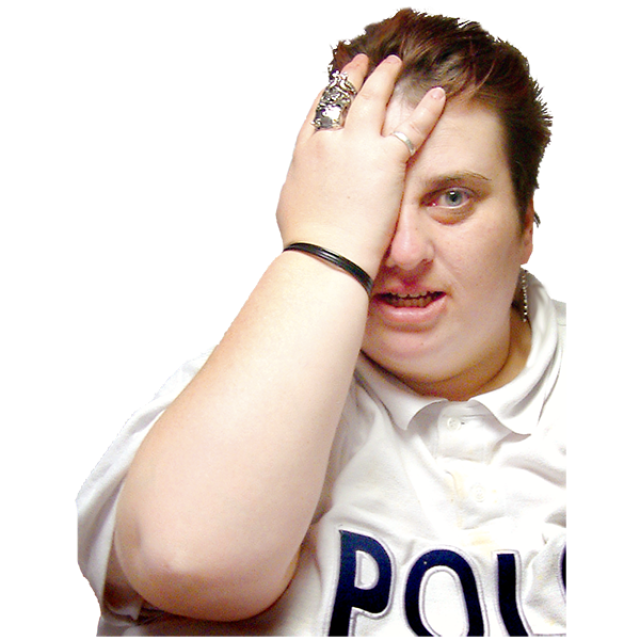
Too much liquid causes pressure.
This can damage your eye.
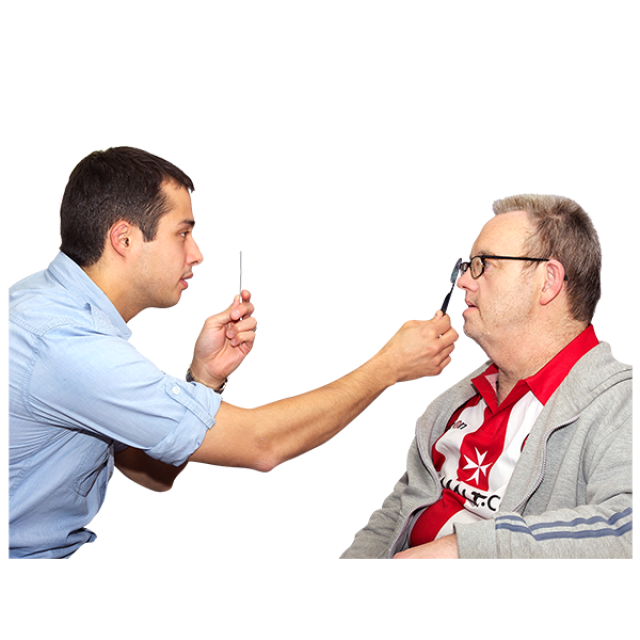
Having an eye test every 2 years or more often is important.
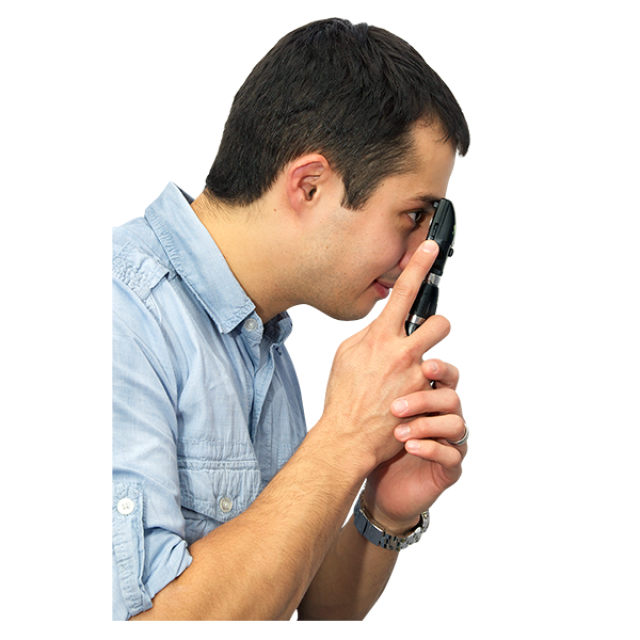
The optician will tell you if they need to check for glaucoma.
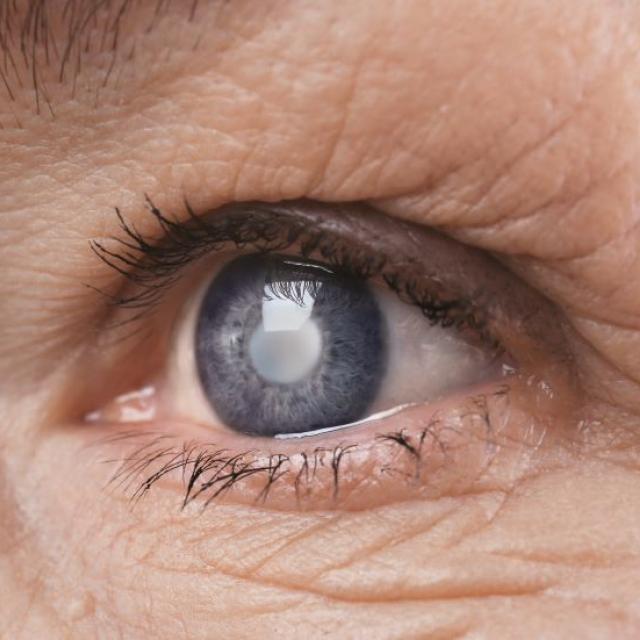
Chronic glaucoma.
This is the most common type of glaucoma.
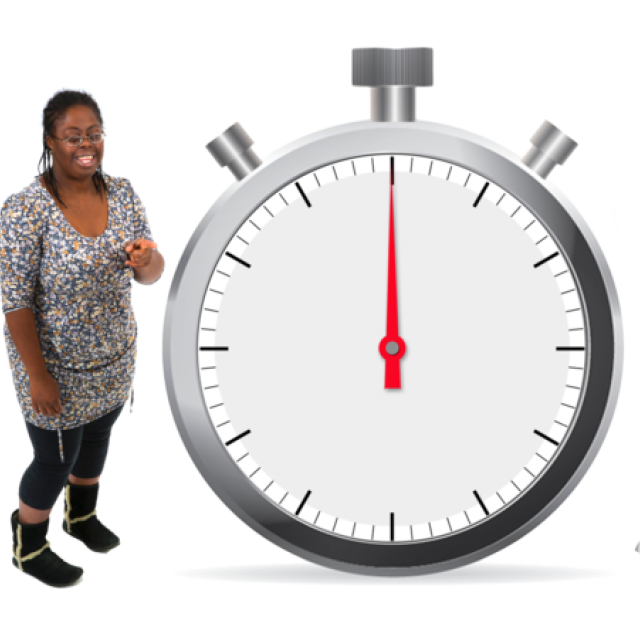
It can take a long time to get chronic glaucoma.
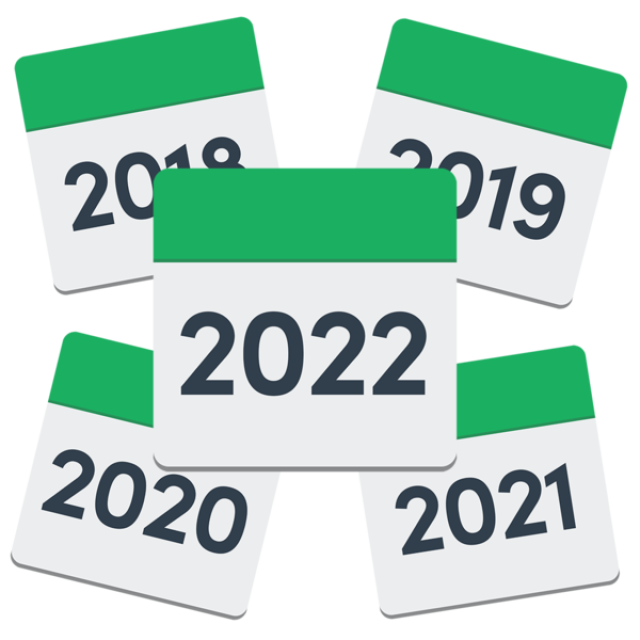
You may not notice any changes to your sight for years.

Central vision is the middle part of what you can see.

Central vision is very important.
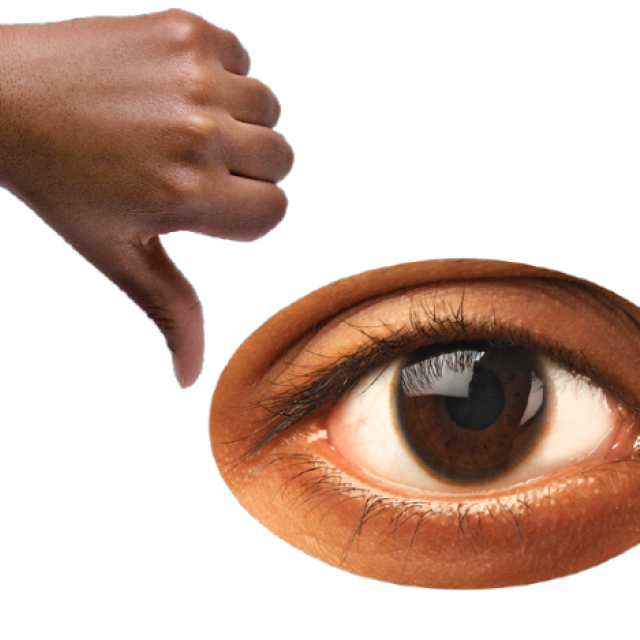
Without help your eyesight will get worse.

You may not see things clearly outside of your central vision.
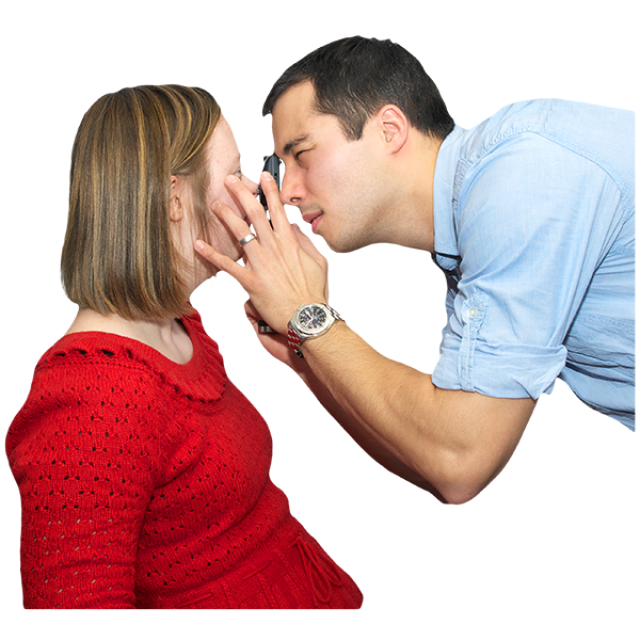
An optician can find out if you have glaucoma before you notice a problem.
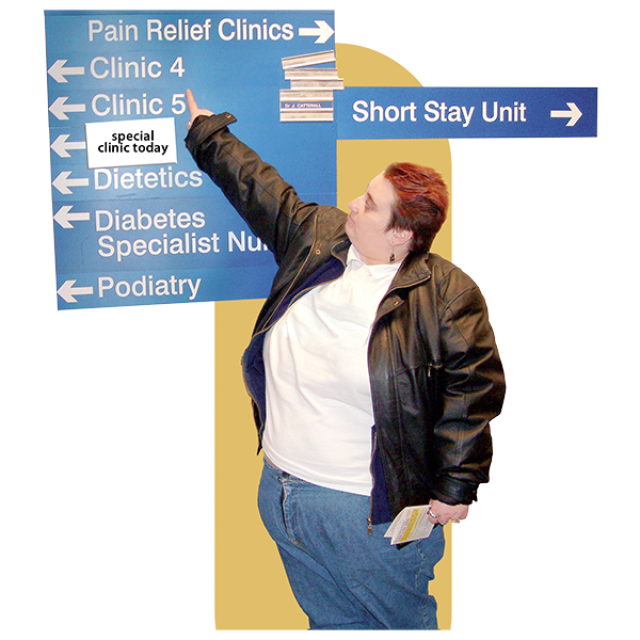
The optician will arrange for you to go to the hospital eye clinic.

Secondary glaucoma.
This can happen after people have an eye operation or an eye injury.
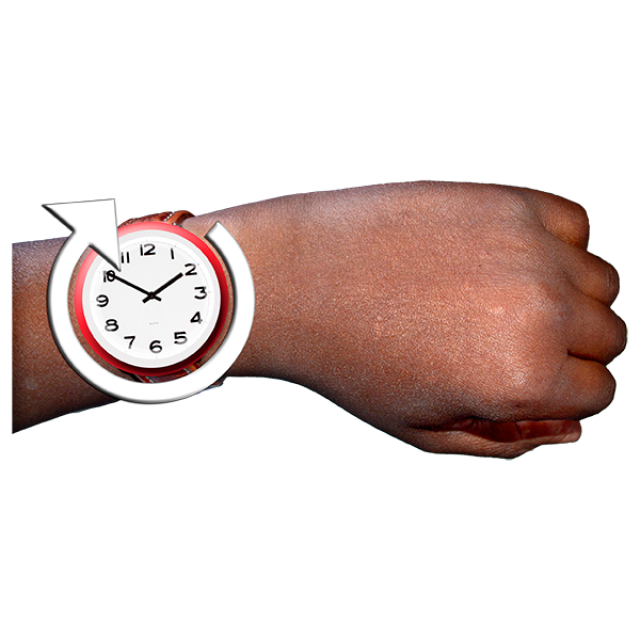
Acute glaucoma.
This is when glaucoma happens very quickly.

How you notice acute glaucoma:
You feel very ill and are sick

You have bad headaches.

- Your eyesight might suddenly become blurred or unclear
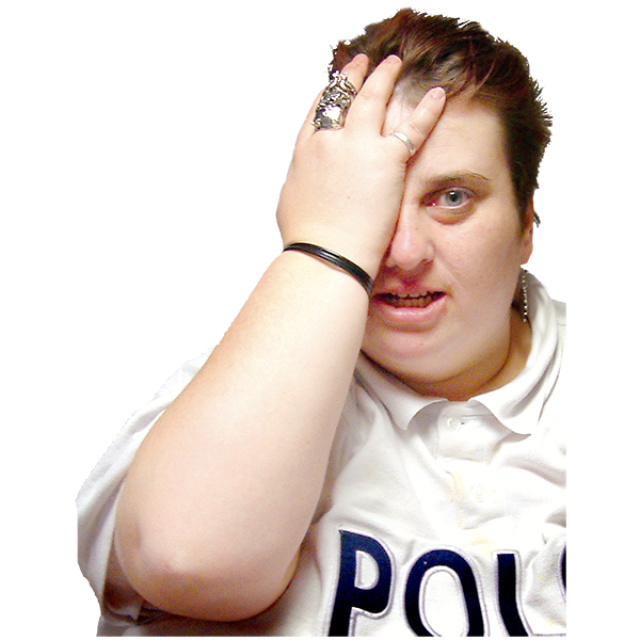
- You may become blind in one eye or both eyes

If these things happen you should go to hospital straight away.

You are more likely to get glaucoma if:

- Someone in your family has glaucoma

- You are over 60 years old

- You are African Caribbean or African American

- You are from South East Asia.
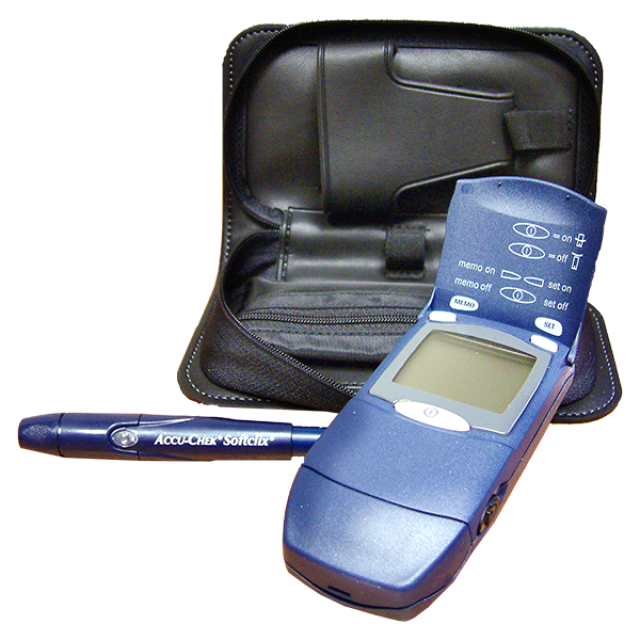
- You have diabetes
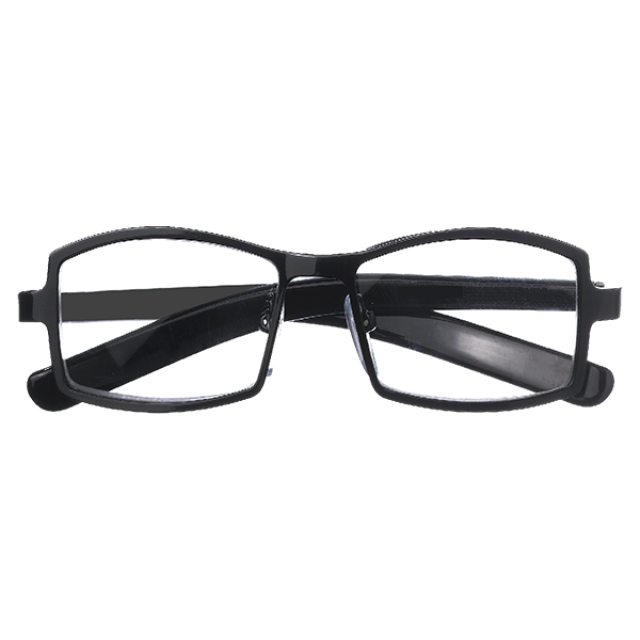
- You are very short-sighted
This means you need glasses for seeing things in the distance.
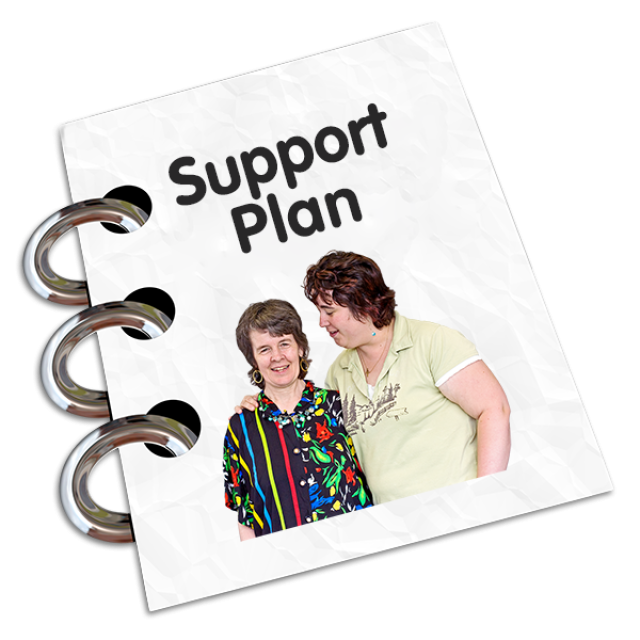
If you are more likely to get glaucoma it should be written in your support plan or health action plan.
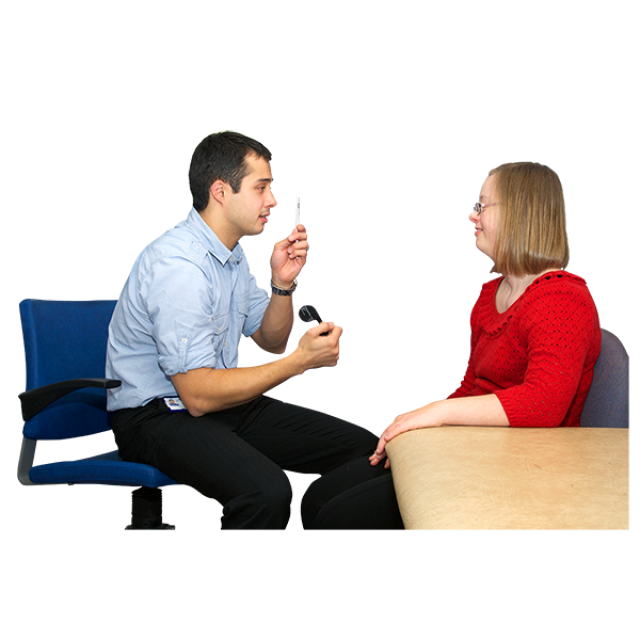
Go and see your optician if you or your supporters think you may have glaucoma.

If you are over 40 and at risk of glaucoma you can get free eye tests.
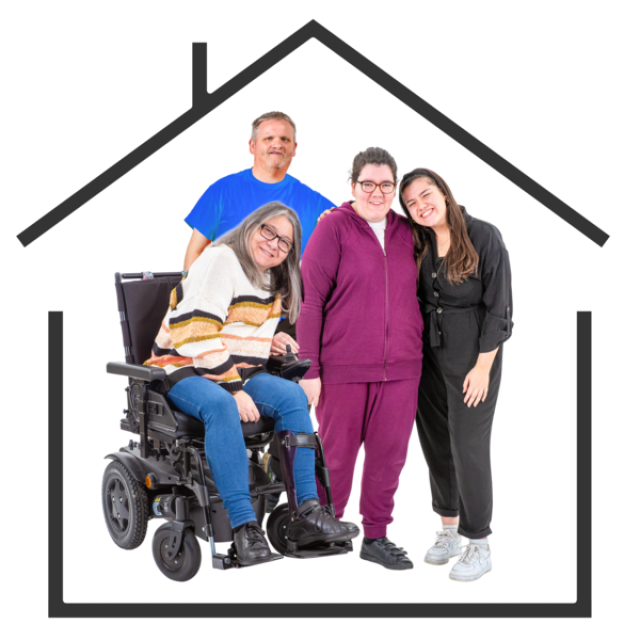
This includes having a close family member who has glaucoma.
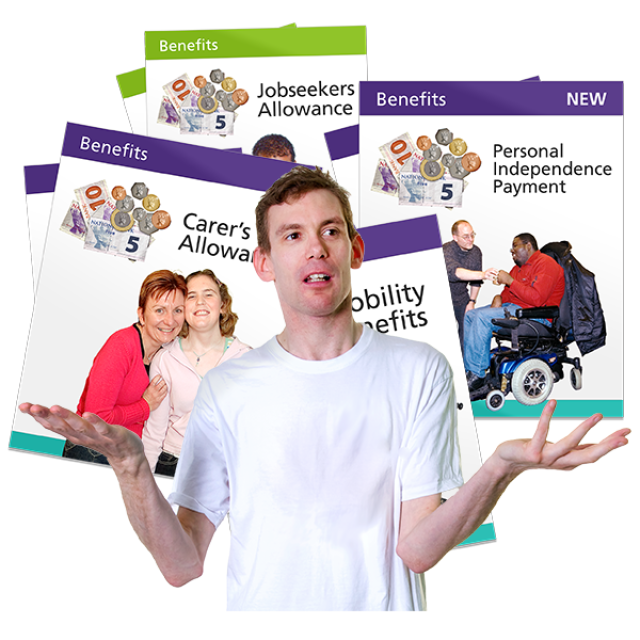
Many people on benefits can get free eye tests.

Ask your optician for more information.

You can have an eye test every year if:
- You have glaucoma

- You are over 40 and have a family member with glaucoma
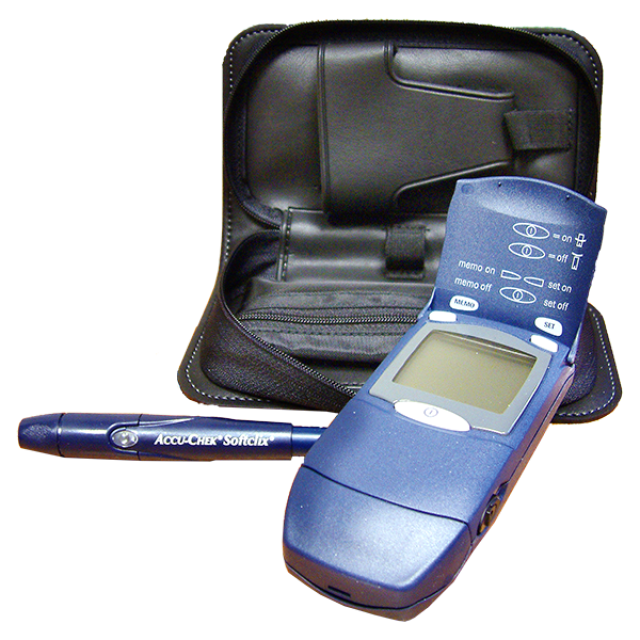
- You have diabetes

We have a form called ‘About me and my eyes’.
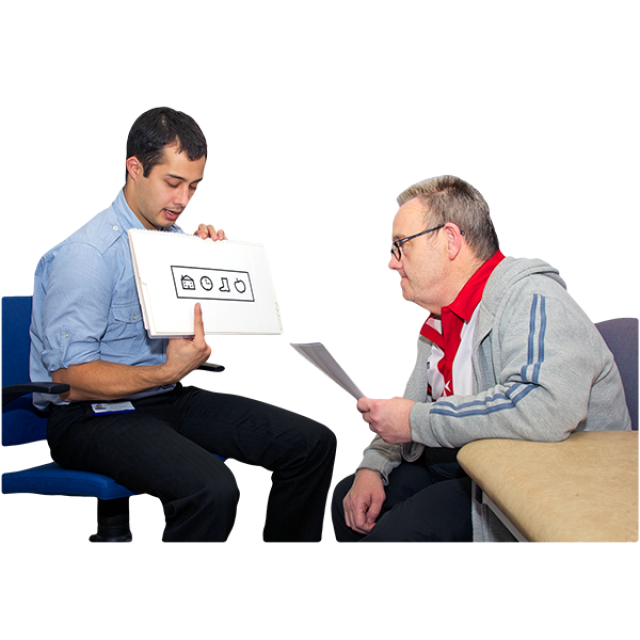
You can fill it in and take it with you to your appointment.
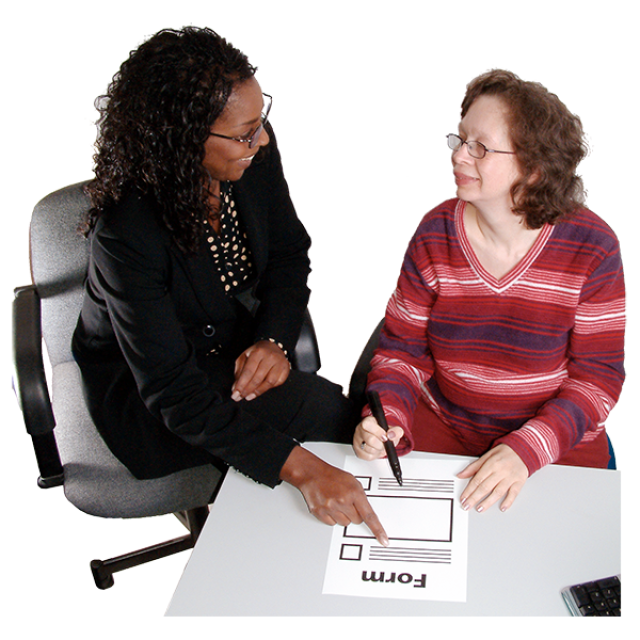
Your supporter can help you fill it in.


